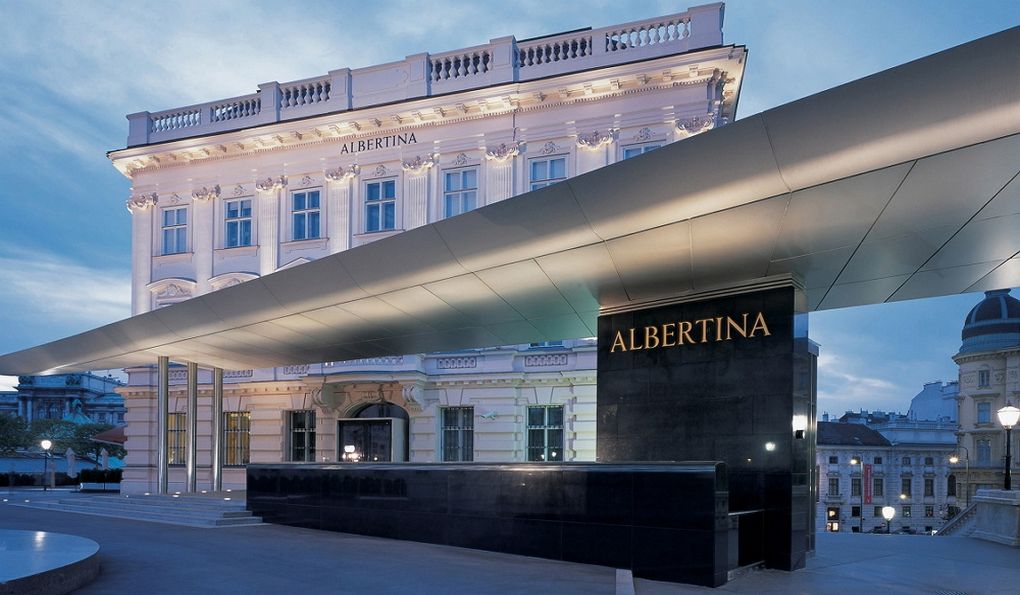Vienna is the capital of Austria and a visit to the city leaves an indelible mark on the hearts of travellers. Best of all, adults and children alike will feel right at home in this city with its many fascinating attractions.
One of these is the Albertina, located in the centre of Vienna, where young and curious visitors, as well as their guardians, can enjoy paintings and unique graphic works. The Albertina is completely free for children and young people under the age of 19, so make the most of this opportunity to get in touch with beauty.
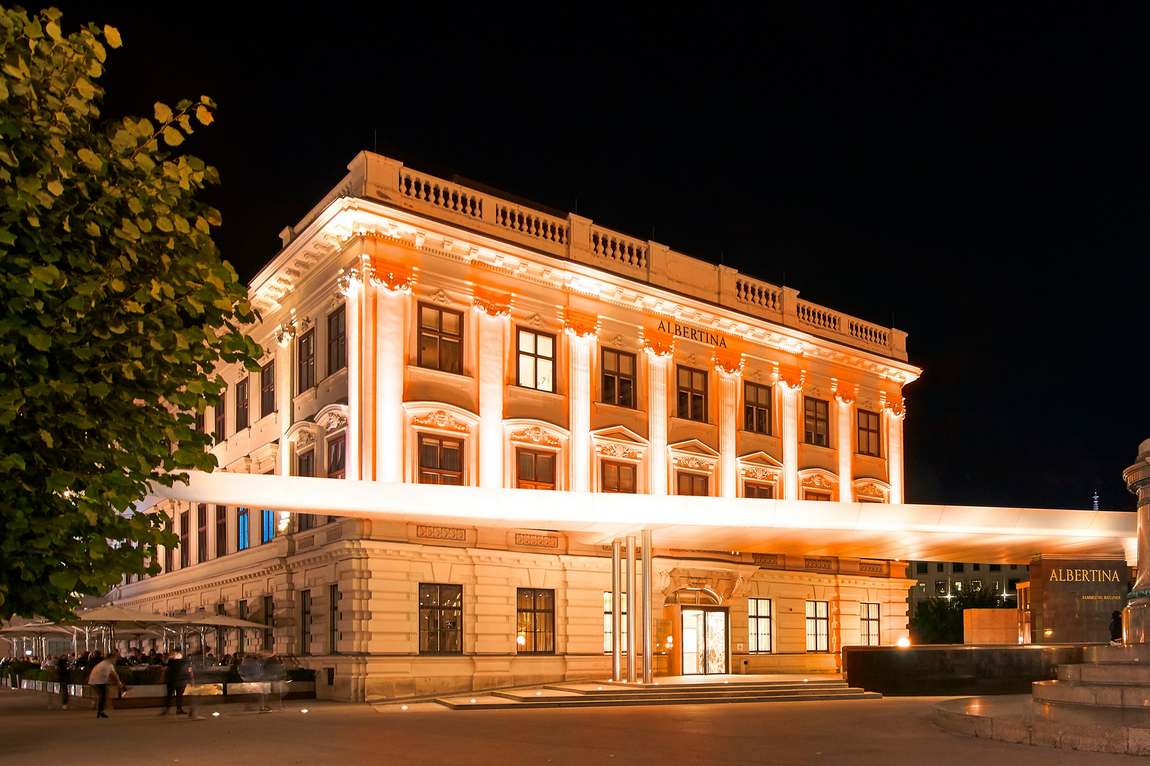
History of the museum
The Albertina in Vienna was founded by one of the great connoisseurs of graphic art, the Prince of Savoy, who laid the foundations for an extensive museum collection. The gallery was given its name by contemporaries after Duke Albert bought the Prince's palace and moved his collection of paintings and prints there.
A year later, in 1796, the emperor himself decided to add 370 drawings by the famous Albrecht Dürer to the museum, setting a magnificent example for art lovers.
Exhibitions were added and in 1801 it was decided to extend the palace, dividing it into living quarters and halls for the exhibitions popular at the time.
It is worth noting that all the galleries in Vienna were, without exception, open only to the nobility. The Albertina was the first gallery to be opened to all citizens without exception in 1822. The Duke also stipulated in his will that the collection belonging to the palace was not to be given to other states or divided up.
When the Duke died, his estate, including the gallery, passed to his heir Charles, who not only made substantial alterations to the palace building itself, but also added new exhibits to the museum. New furniture was ordered and a grand staircase decorated with sphinxes was built.
The floor of the palace was redecorated with parquet from the Danhauser factory. In the mid-60s, rococo rooms were added and the façade was decorated in an authentic historical style.
The history of the palace and the gallery does not end there, on the contrary. The house belonged to the Habsburgs until 1919, when the Palace Museum was transferred to Austrian ownership.
The museum's collection was enriched by the addition of works from the Royal Library, while the owner himself fled to Hungary. He was also allowed to remove movable property, despite a clause in Albert's will forbidding this.
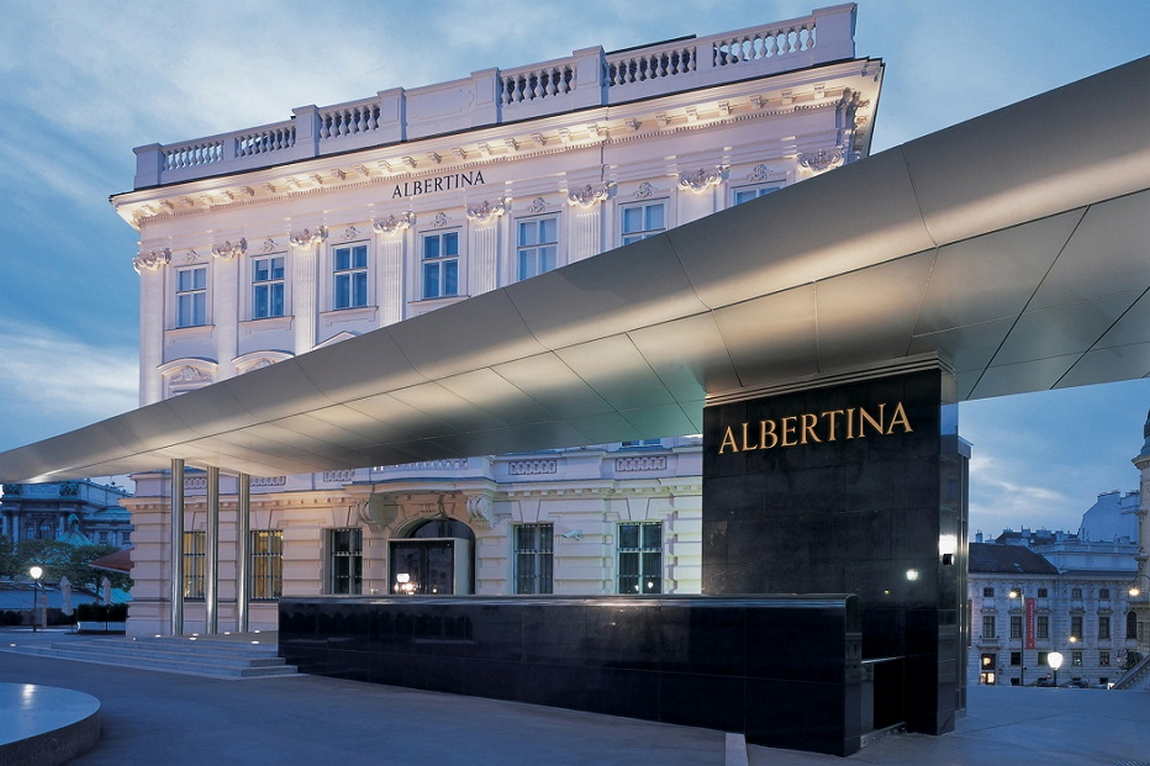
Two years later, in 1921, the palace museum was renamed 'Albertina' after its founder, and the once-empty halls were converted into storerooms, offices, classrooms and exhibition halls.
The war did not spare the historic building - it was badly damaged in another bombing raid. However, most of the exhibits were saved by being hidden in the catacombs and were returned to their place at the end of the war.
From 1996 to 2003 the gallery was closed for renovation, as it was decided to restore its original appearance, albeit with some modern additions. The roof, for example, was modified according to designs by H. Holain. The roof was called "Wings of Soravia" because of its resemblance to the wings of a bird in flight.
A lift and escalator were installed under the wings, taking visitors up to a height of eleven metres to the main entrance, which offers a magnificent view of the square with the Albrecht Fountain.
The gallery has 21 rooms for visitors, which have also been restored and the original Albert interior has been changed to the historic Louis XIV style. The renovation has had a positive effect on the interiors, restoring them to their luxurious appearance.
What to see in Albertina
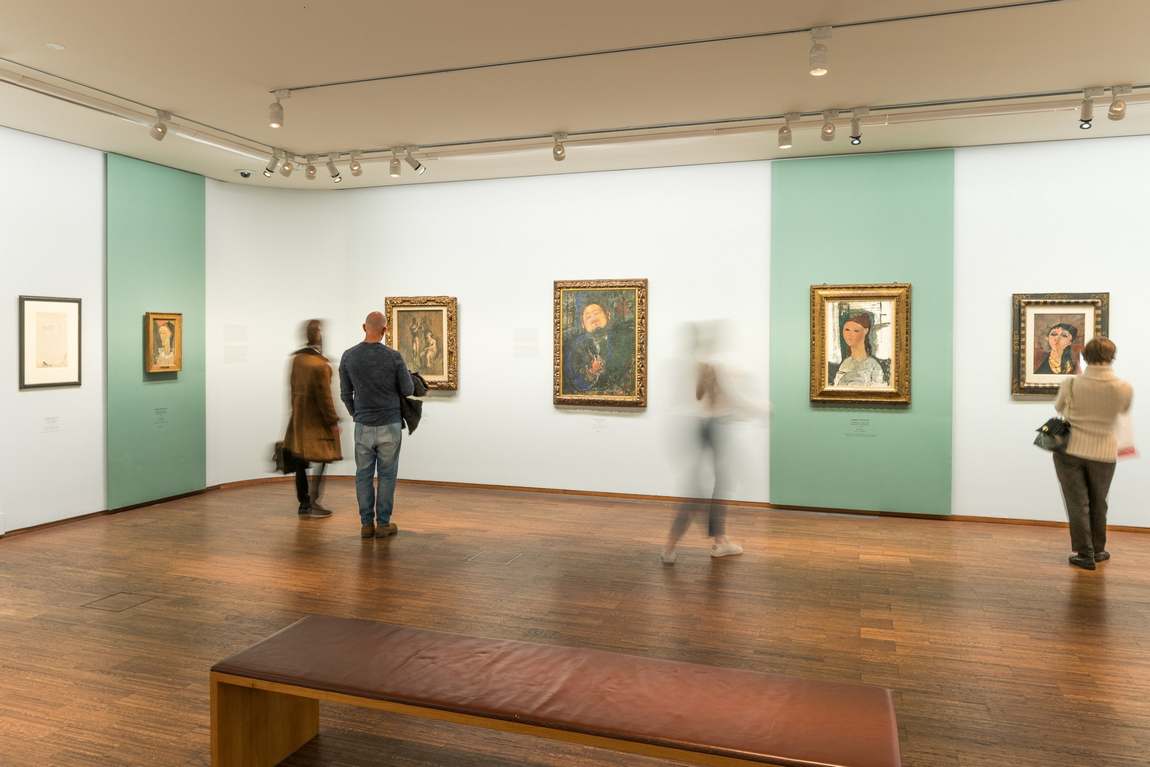
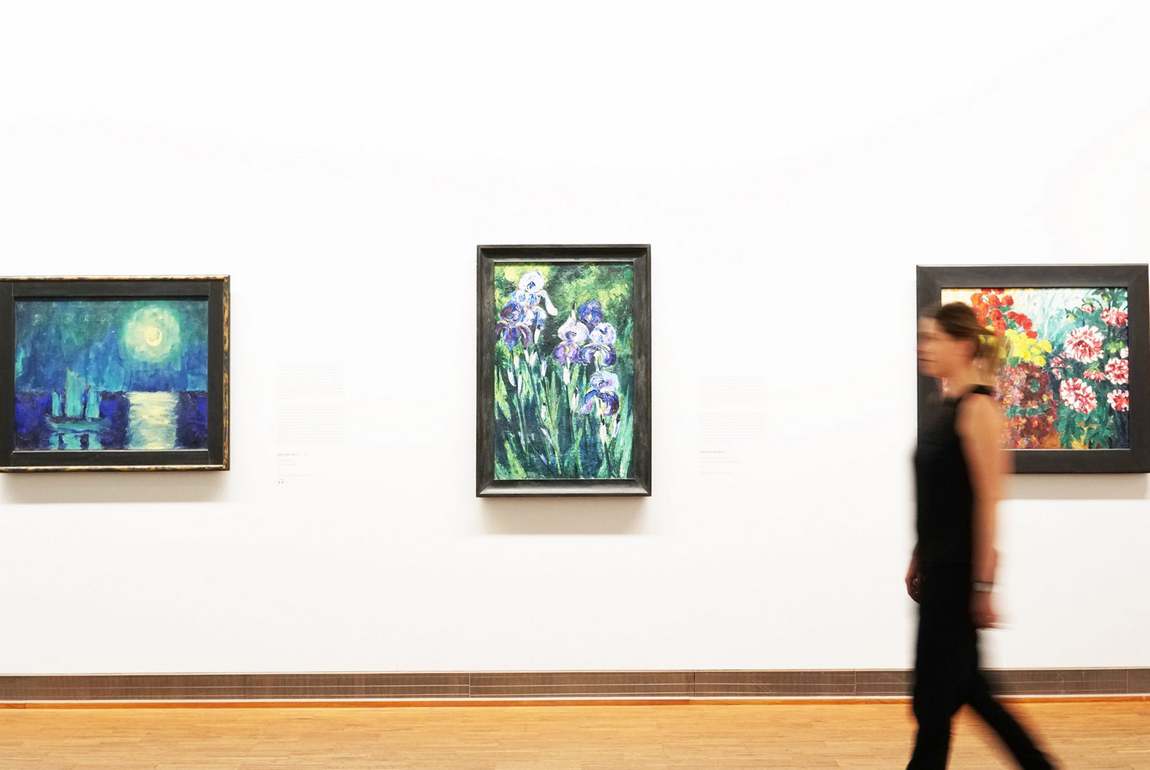
Today, the Albertina, whose famous exhibits are a real magnet for tourists from all over the world, clearly demonstrates the gradual development of graphic art.
One can wander endlessly through the halls of the palace, looking at over sixty thousand drawings and hundreds of thousands of examples of printed graphics. Visitors can follow the development of art from the Gothic to the Modern. The Albertina is by far the most visited museum in Austria.
Make a visit to the palace museum a must and your perception of the development of art will be changed forever. If you're visiting Vienna with school-age children, the Albertina is a great way to introduce them to the world of art.
Next door to the gallery is the Vienna State Opera, which can be visited on the same day as the gallery.


